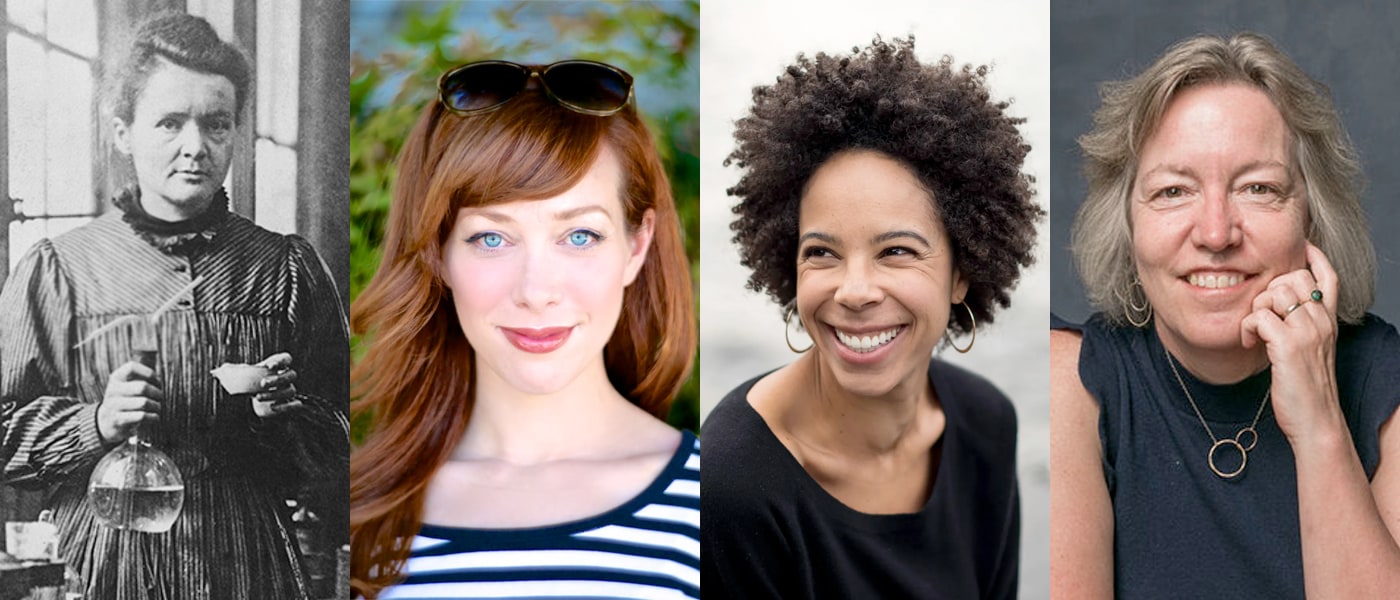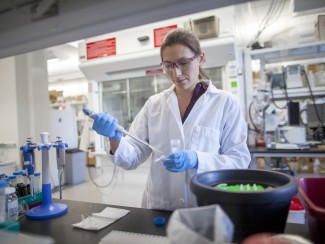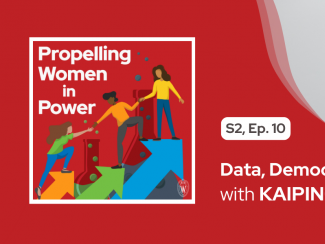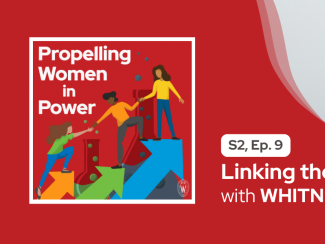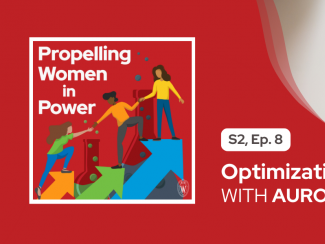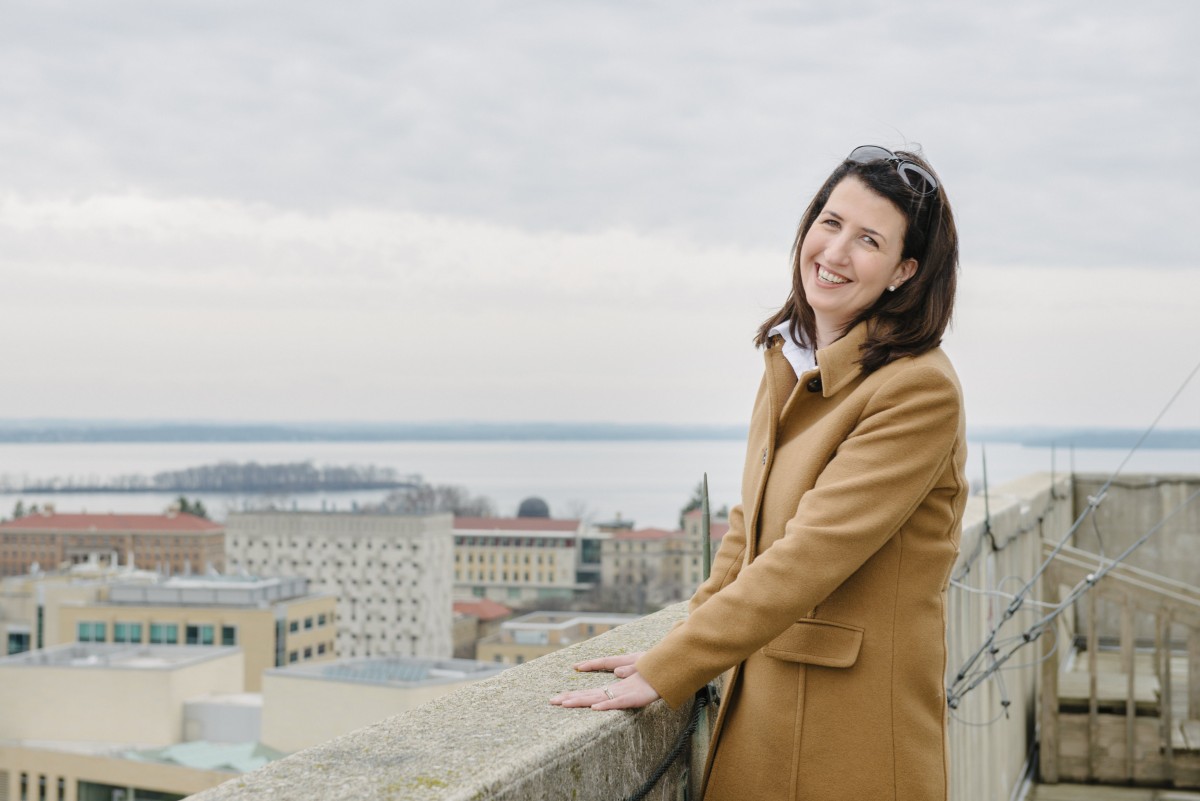
Tracey Holloway was in her first semester at Brown University, intent on majoring in political science, when she unexpectedly fell in love with math and science.
And Holloway, now a professor of environmental studies & atmospheric and oceanic studies at the University of Wisconsin–Madison, was not the only one surprised by this newly found interest in science. When she decided to major in applied mathematics, a friend told her that they didn’t think science was a good fit for Holloway because she was too outgoing.
“They meant it as a compliment, but that’s so silly,” says Holloway. “If everybody who has good social skills or likes to talk to people is steered away from science, then you're really going to only get one type of person in the field.”
In fact, she says, we should be doing the exact opposite when we talk to young women and girls about science.
“Science is not just sitting in a lab by yourself in a white coat,” she says. “That’s something some people do, and that can be a fun way to do science. But science also involves a lot of social interaction, a lot of collaboration, a lot of travel, and a lot of teamwork.”
For Holloway, the most important way we can encourage girls and young women to consider science as a career is by exposing all children to the many different ways that science can be done.
“As I got more into science, I realized that I didn't have to choose between a career in science or a career solving real-world problems,” she says. “That's really how I eventually came to work in energy and air quality. These are socially relevant issues that also loop in a lot of really cool science.”
Changing the way we talk about science is vital in encouraging diversity in the field. And according to Holloway, that is just what science needs.
“Diversity benefits the scientific enterprise,” she says. “The truth is that we need all hands on deck when it comes to solving new problems and making new discoveries.”
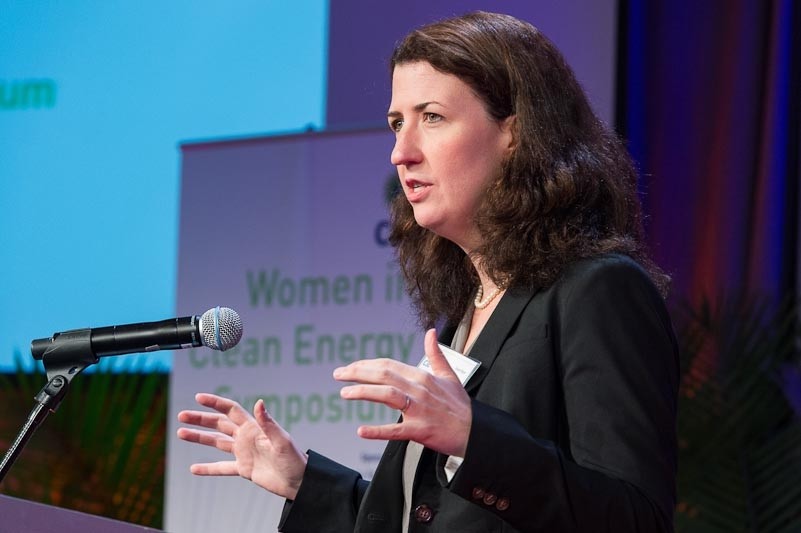
Holloway points to a common misconception that science is not creative in the same way as other subjects, like art or literature. In fact, Holloway argues, science is absolutely a creative process. This misconception is another hurdle we must overcome in order to encourage all kinds of people to enter the field.
“In science, we’re trying to answer questions that have never been answered before,” she adds. “If you only have people from one background, gender, or race; or even only people who loved chemistry in high school, that is really limiting the type of creative problem solving you can bring to the table.”
So how can we encourage more diversity in science? Holloway says that it starts by empowering those who have been historically underrepresented.
“There’s definitely this culture in academia of saying, ‘Oh, STEM classes are so hard,’ and I think that culture impedes everybody,” says Holloway. “But I think it especially impedes people who aren’t from backgrounds and cultures that have been predisposed to envision themselves in those fields.”
Having a positive attitude and emphasizing that all courses can be difficult for different reasons is important. But one of the best ways to get more people of all genders interested in science is by giving them role models to look up to.
“Exposing children to a wide range of role models teaches them all different types of people and all different types of jobs can contribute to what it means to be a scientist,” she says.

Holloway notes that while her own journey was shaped by a variety of factors, from her interests and personality to the geography of her education, it was also especially influenced by the women in STEM she looked up to.
“I think back on some of the decisions that I made and the preferences that I had, and I can see that I was making them in the context of social factors,” she says. “It's not coincidental that I connected more with the classes that happened to have women in a leadership role.”
Today, Holloway has the privilege of educating the next generation of scientists. Just as she was drawn to courses taught by female professors, she notices that her own classes are often full of young women.
“In my introduction to air quality class last semester, it was about two-thirds women, which is unusual for a science class in a field where women are often the most underrepresented,” she says.
Holloway’s educational philosophy is to meet her students where they’re at and support them on their way to where they want to go.
“I try to help people navigate these systems that have a lot of unwritten rules of success,” she says. “So that they feel empowered and confident to tackle situations that they’ve never tackled before.”

